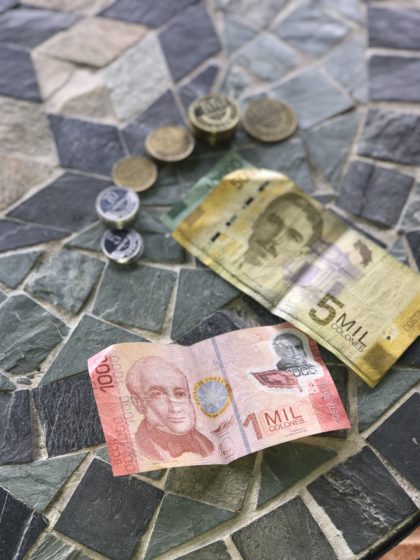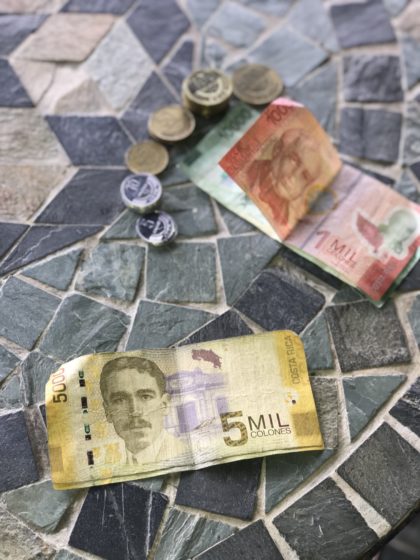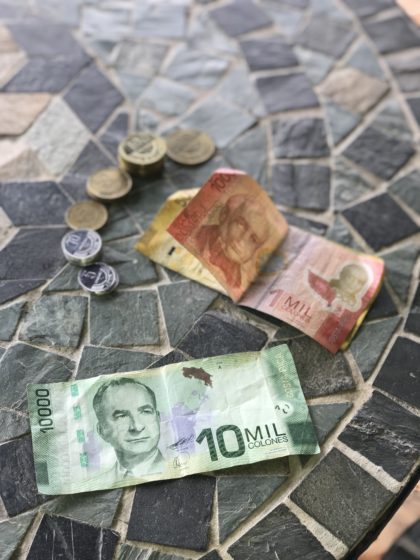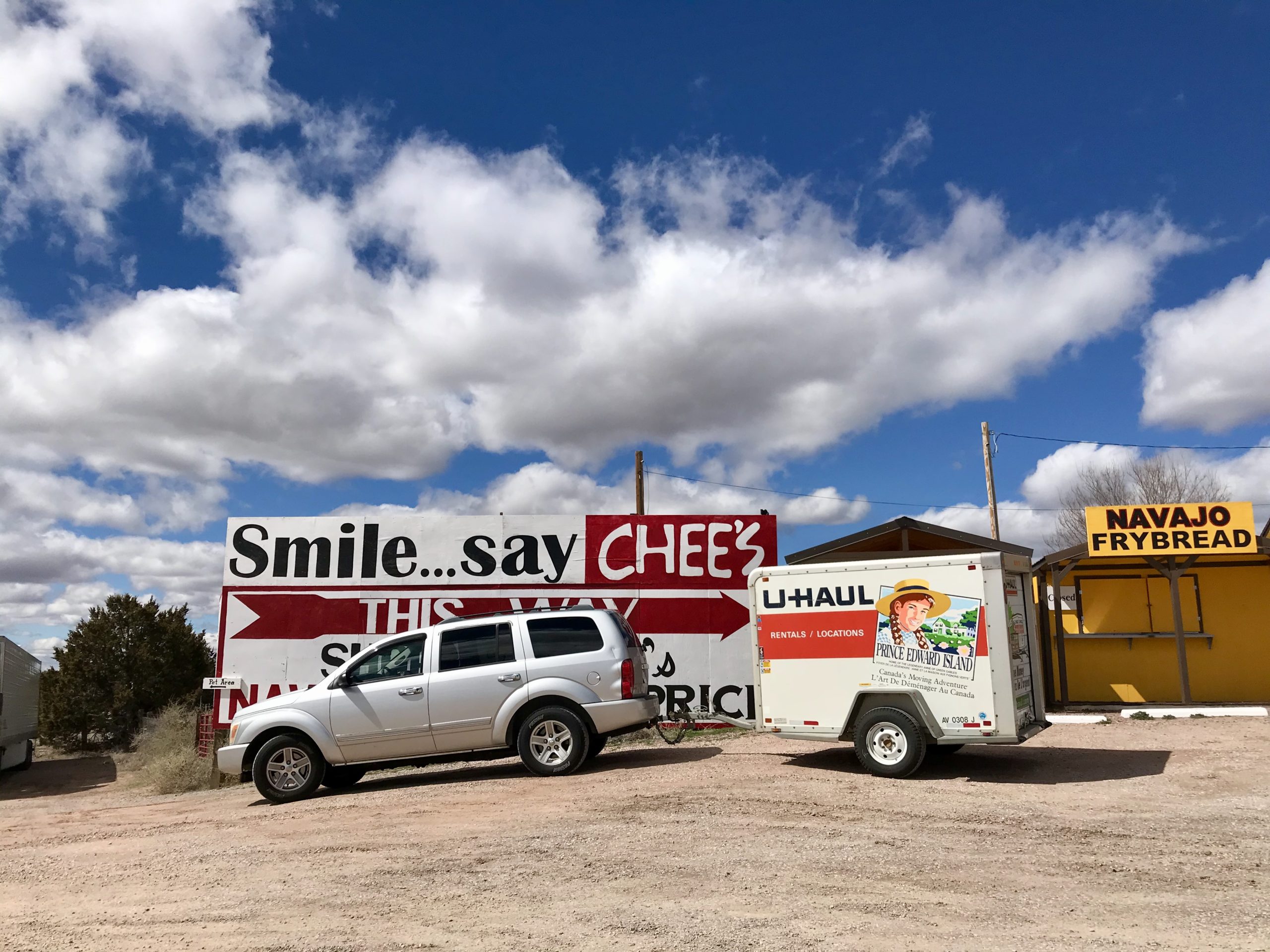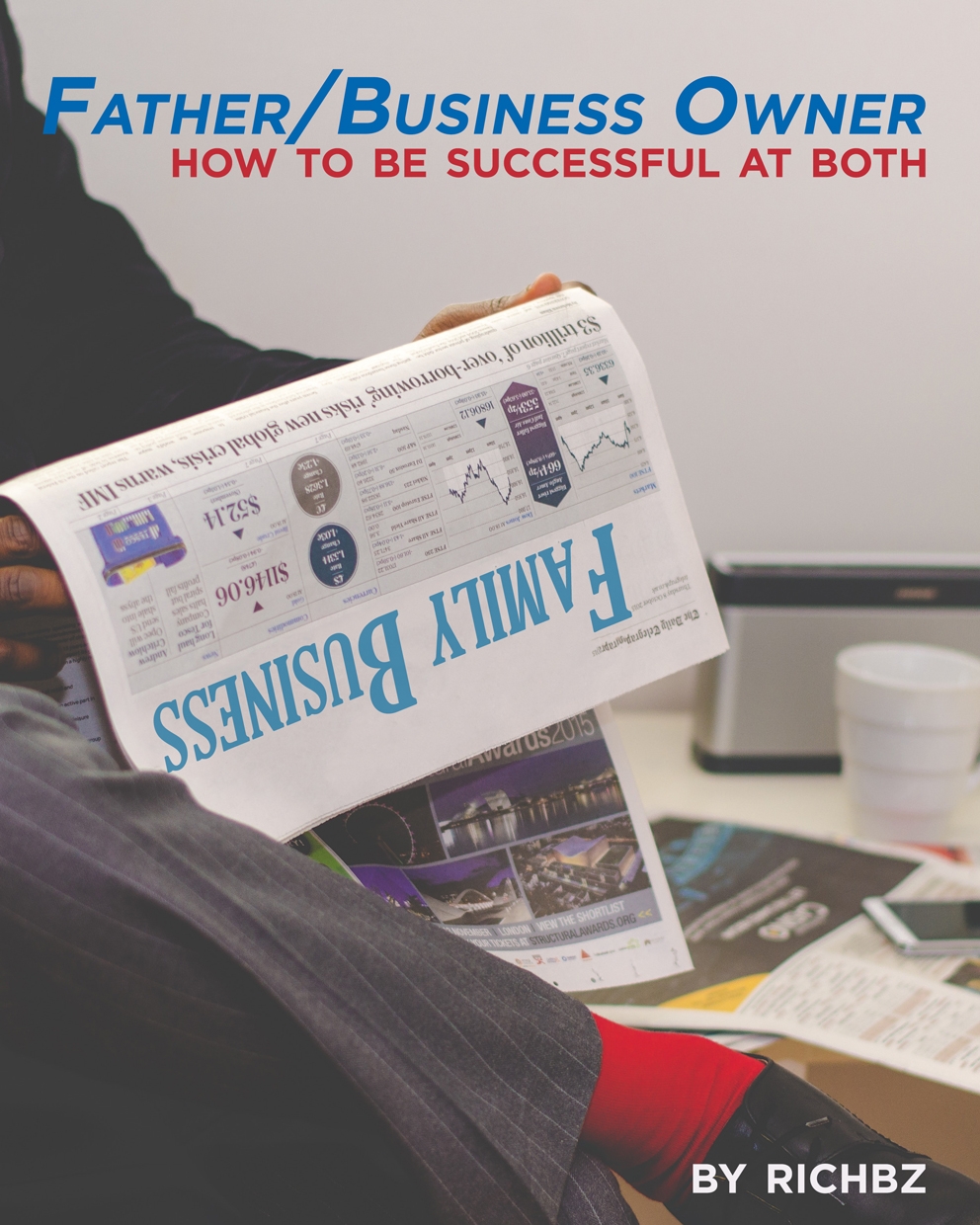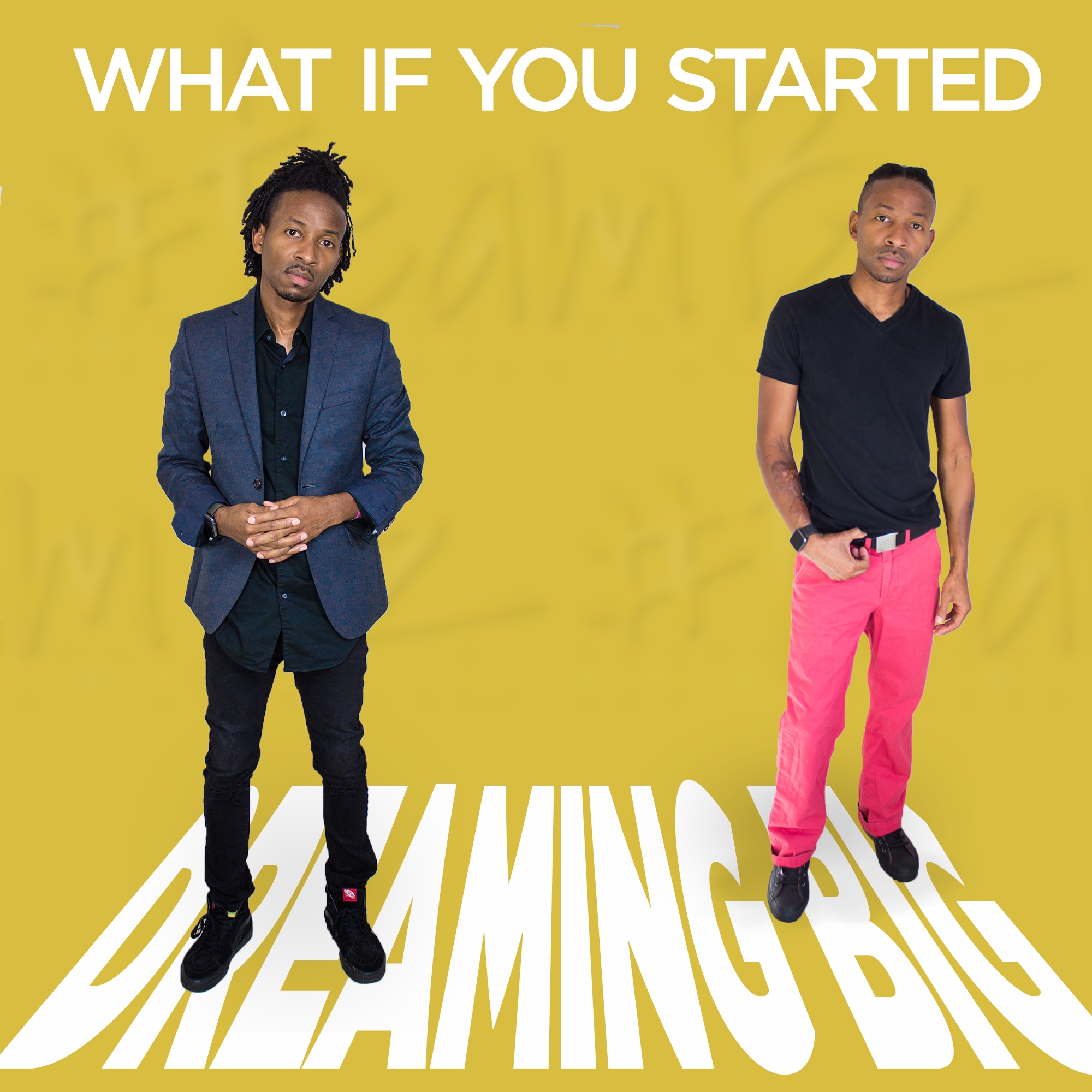Listen, I will try to not get side tracked in this post because I have a lot to say on this issue but I think the way we have made use of the funds we have has served to make this process as easy as possible. Not to say we haven’t made any mistakes while figuring this process out but all in all I think we have gotten into a rhythm and I hope after reading this post you will not have to think too hard on what to do about your money situation when you touch down.
Let’s get started.
When we got off the plane in SJO – Juan Santamaría International Airport in San Jose, Costa Rica, I went over to the currency exchange and changed $100 US dollars to colones. I ended up getting ₡ 49463,23
I was like wooo, I’m RICH!!!
That is my name, however for all of the excitement I had, come to find out I was actually not too much better off then I was with the $100 USD. But let me stay with the subject. At the time of this post the exchange rate is 1 USD = 574.85 CRC
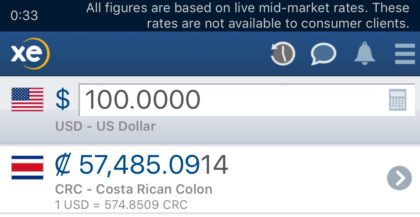
When I went to exchange my US dollars, they asked me for my passport and they scanned it using the code at the bottom of the passport. I don’t know why but I think it is just in case I gave them counterfeit cash. If anyone knows the real reason why they needs your passport to exchange money let me know down in the comments.
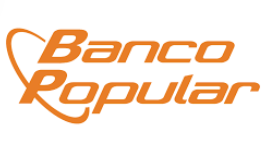 The passport thing seems like the rules everywhere, I can exchange currency but the real issue happened the next time I went to exchange another $100 in the Banco Popular.
The passport thing seems like the rules everywhere, I can exchange currency but the real issue happened the next time I went to exchange another $100 in the Banco Popular.
First, let me say this will probably be easier for you if you know how to speak Spanish, however I was not that good at the time. (Not much better now, but I am getting more confident to keep trying.) The tellers didn’t not speak a lick of English and they were speaking Spanish really fast. This was my first real interaction with native Spanish speaker without English to fallback on.
My teller asked me for way more information than what they requested in the currency exchange in the airport so be prepared but hope they don’t ask you for it.
1. Name
2. Passport
3. Occupation
4. Address
5. Phone number
6. How much
It seems like really easy questions, however when you don’t know the language or have certain bits of information you are easily confused, start to get nervous, and then frustrated. I had to remember this is a necessary process so figure it out.
Google Translate to the Rescue!!!
Google Translate worked, however some of the questions I really didn’t have an answer for, namely Address and Phone number. This being the first time I was able to make it out to the city and we didn’t have a chance to get the prepaid SIM cards for our phones and the address system in this country is very bad (this must be the reason they use the word dirección for address, lol jk). Ok I cannot speak for the whole country, only Puriscal, Barbacosas area and there are no addresses. Everything is based upon how many kilometers your are from the nearest school or point of interest (church, university, and or cemetery) which I didn’t know at the time.
People, I was really confused. However, Tre came in to exchange a $20 and he got a better teller (albeit a younger teller). He didn’t speak English but he tried his best to assist us using his resources. He wrote down the questions on paper and seeing the questions written out I was able to understand the questions being asked. So we worked with him to find the directions to the property we are staying at using Google maps and he bye-passsed the phone number (maybe he used his own, shh I have no idea and just really wanted to get out by this point.) After all of this, finally we were able to get the colones and leave.
I vowed I would not go through that again and haven’t had to again. But the funny part is they haven’t asked me for any of that information again, except for Passport and how much I wanted to exchange. Here is my video reaction right after the 2nd time we went to Banco Popular.
I have found it is good to have colones on you but it is not really a necessity due to the fact most places I have found will take US dollars. The bad part about this is you will get the short end of the stick when it comes to the conversion. It will just be an estimate. It doesn’t happen much in the grocery stores but in the smaller shops or taxi’s definitely.
Here are a couple of pictures of what the colones look like if you have never seen them before. It has color coded denominations as well as different sizes for each. This is not only for change but also for bills. That was very interesting when I first saw it. Not to mention they all feel different.
Below you can see there are coins also, 5, 10, 25, 50, 100, 500 colones. They also vary in size from smaller denominations to larger. The smaller amounts are also silver vs the larger being a bronze color.
To me the lower bills feel a little more plasticy, especially the one mil colones. Oh yeah Mil stands for thousand. The one mil also has a transparent place that you can see through the bill in the top right quadrant. But the lower the amount the bill is worth the smaller the bill is. So one mil is the smallest bill and they work their way up in size.
I don’t know what the highest amount you can get in one bill is yet but I hope to find out and get a couple to take some pictures and show you. There is also a 2 Mil Colones bill but I did not have on when I took these pics. It is blue.
Hopefully you have a better understanding how to convert and what to expect to get when you get to the Banco here to do so. Also what type of bills you can expect to get when you do convert your hard earned dollars to colones.
If you have any questions you can put that in the comments and I will try my best to get an answer for you if I don’t already know or have experienced it since I have been here.
I will post some of the costs of the items we have purchased soon. Make sure you subscribe to TeamBz.com to get notified when all the new posts drop.

